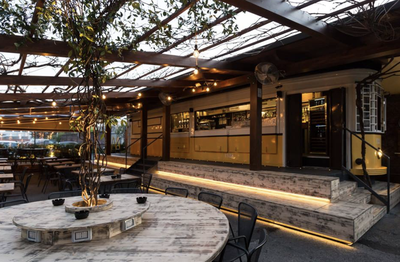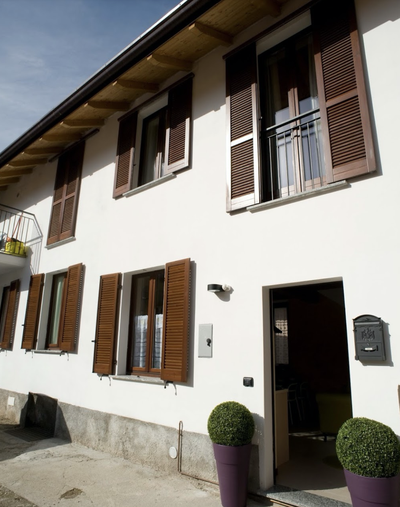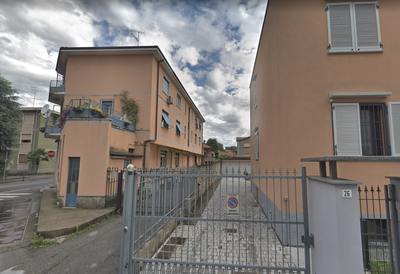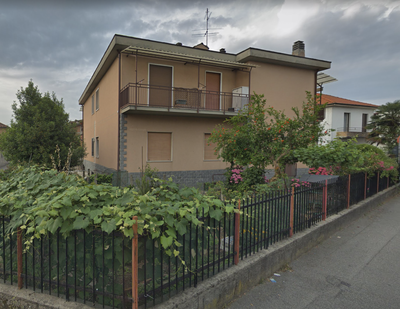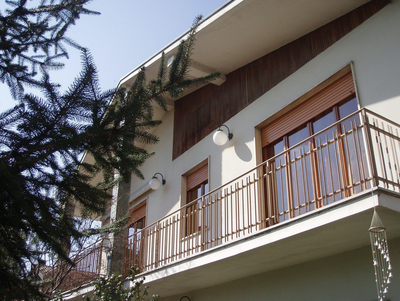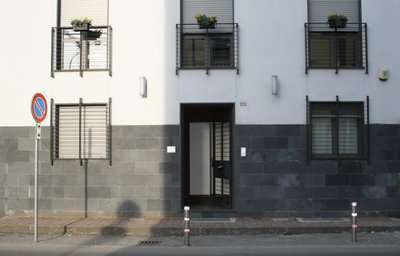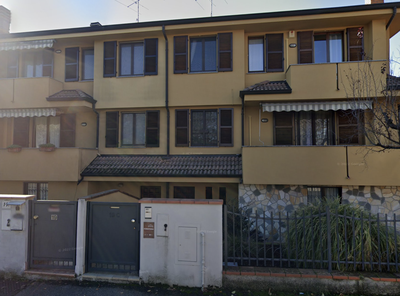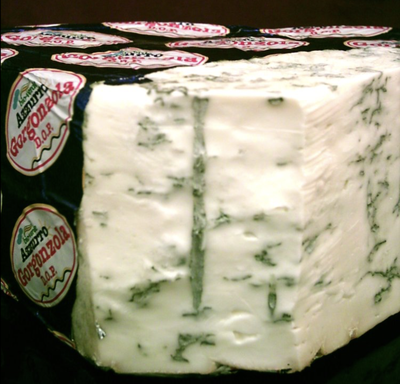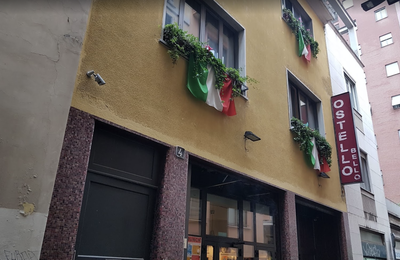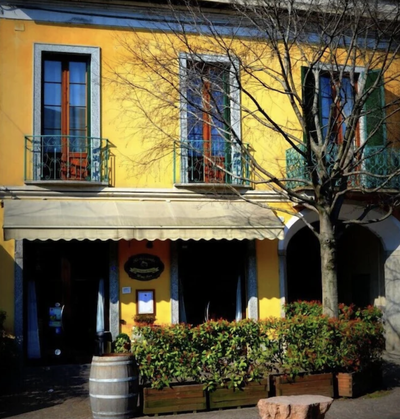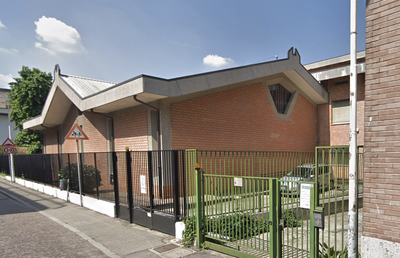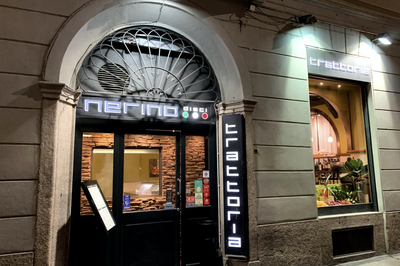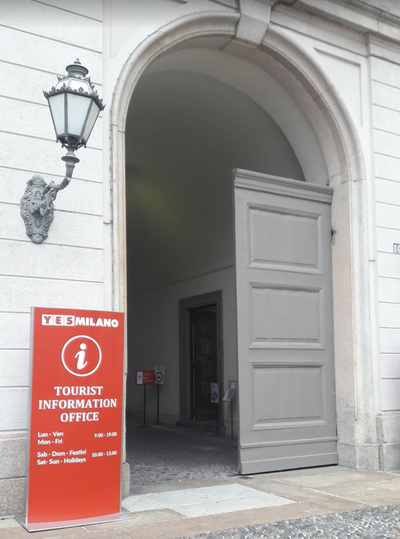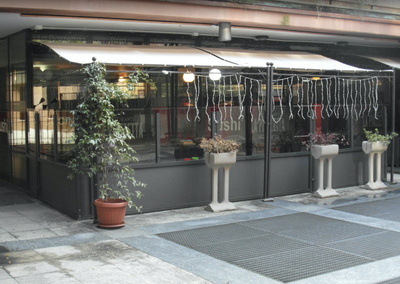Gorgonzola to Milano
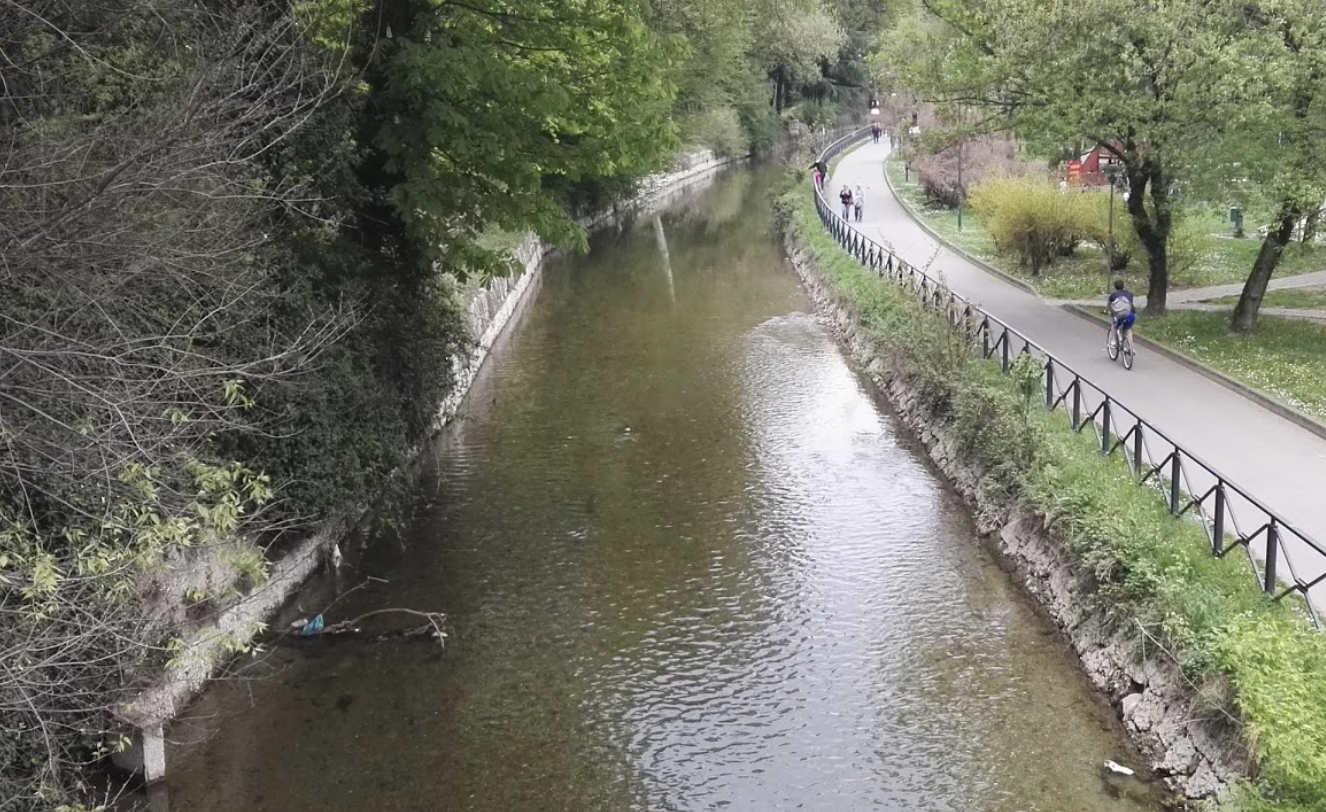
Lombardia
13. Gorgonzola to Milano
Easy
5h
21km
+141m
-142m
Step
Embed this item to access it offline
As Milan approaches, all the cities gradually touch each other to form a vast megalopolis. The path enters the heart of the city along a supply channel guaranteed to be calm and fresh despite the city's excitement. Milan, the historic capital of Lombardy, where Saint Colomban stayed in 612-613 at the court of the King of the Lombard Agilulfe before reaching Bobbio, the place of his last resting place since 615.
10 points of interest
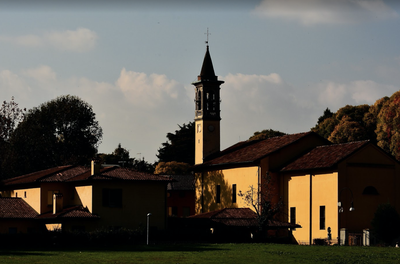
Cernusco sul Naviglio CulturalSanctuary of Santa Maria
The Marian shrine has become important for Carlo Borromeo, inserted in the Marian roads of Lombardy, a place of silence and contemplation near the Naviglio canal that leads from Cernusco to Naviglio and Milan, a path built and designed by Leonardo da Vinci.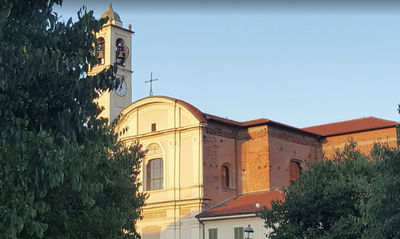
Vimodrone CulturalChurch of San Remigio
Neugotische Kirche.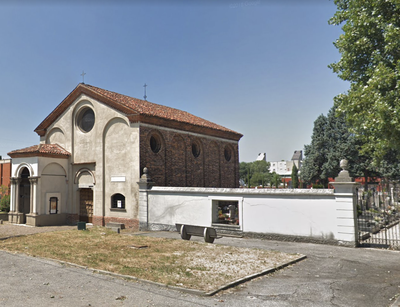
Vimodrone CulturalChurch of Santa Maria Nuova
Near the cemetery of Vimodrone, neo-Gothic church with beautiful frescos.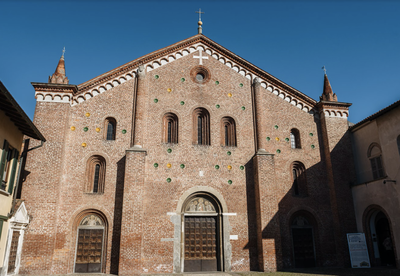
Chiesa Santa Maria Rossa CulturalChurch of Santa Maria Rossa
The church founded in 1140 has kept its fundamental lines despite the many restorations over the centuries. Fresco elements of the original chapel were discovered in the middle of the 20th century.
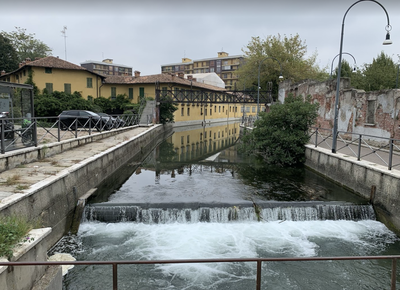
Milano TouristCassina de’ Pomm
End of the canal in a picturesque neighborhood.
Milano CulturalBasilica of St. Augustine
The Basilica of St. Augustine is perhaps the most famous example of the Romanesque Revival in Milan. It dates from the end of the 19th century, the time of the construction of the Central Station district. The project dates back to 1895, work began in 1900 and was completed in 1926. The basilica was consecrated in 1920 before the work was completed and was damaged by the 1943 bombardment.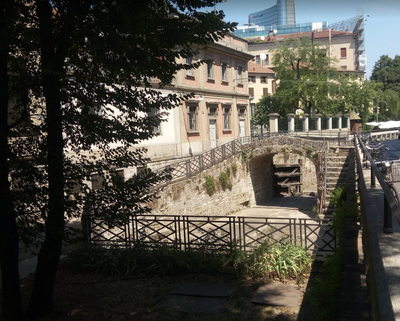
Milano HistoricalConca dell’Incoronata
It is an old navigation basin. It represents the only remnant of the Naviglio della Martesana within the Spanish walls.
Cernusco sul Naviglio HistoricalVilla Alari Visconti
Well renovated Visconti Palace.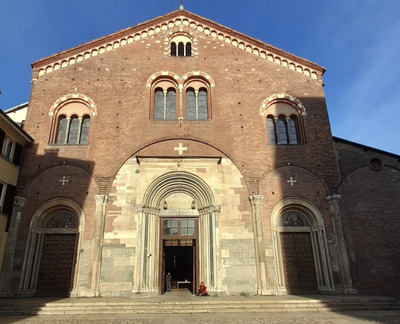 St Columban
St ColumbanBasilica of San Simpliciano
The origin of the basilica dates back to the beginning of the Christian era, which makes it possible for Columban to pass through its walls in the 7th century.
The interior is harmonious with architectural elements and works of art from various periods.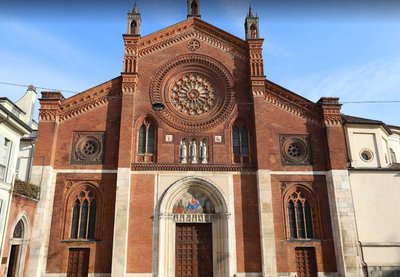
Basilique San Marco CulturalBasilica of San Marco
According to tradition, the church is dedicated to Saint Mark, the patron saint of Venice, because of the help the city gave to the Milanese in the war against Frederick Barbarossa in the 12th century. The first mention of the church dates back to 1254, when Augustinian monks built a Gothic edifice using the foundations of the previous structure.
The structure was extensively remodelled in the Baroque style in the 17th century, making it the largest church after the cathedral.
In the early 1770s, Mozart stayed for three months in the adjoining St Mark's monastery and performed in this church.
Description
Go back in the opposite direction along Via Erminio Giana to reach the canal. After the bridge, turn right and follow the canal on the left bank:
- After two successive changes of direction, the canal and the road along the riverbank run along via Milano before continuing along via Kennedy, passing under the SP13, crossing the Molgora torrent and leaving the village of Cassina di Pecchi (bridge and oratory) on the right. Follow the canal on the left as far as the ponte del Colombirolo, where via Kennedy becomes a road and a bicycle/pedestrian path.
- Continue on the path as via Kennedy diverges from the canal, passing under the railway line and then crossing via dei Platini. The path becomes via Goffredo Mameli, passes under the SP121 and enters Cernusco sul Naviglio. The canal allows you to pass through a number of settlements that become increasingly tightly packed as you approach Milan (Cascina Gaggiolo, Vimodrone, Cascina Metallina), following a green strip of vegetation preserved with the presence of water.
- Pass under the A51 motorway and continue along the canal built over the Lambro river, which then curves sharply to the southwest. The canal and the parallel Via Idro sometimes change direction to cross the Lambro valley. When Via Idro reaches Via Padova at the second major change of direction, take the canal bank below Via Padova. To visit the Chiesa di Santa Maria Rossa, take the pavement of via Padova at the exit of via Idro, take the eighth street on the left (via Santa Maria Rossa) and, at the end of the visit, via Domenico Berra to return to the canal at a bridge.
- Follow the canal along via Alfredo Baccarini, cross the Parco Martiri della Liberta which borders Ponte Nuovo to the north and Crescenzano to the south and pass under viale Monza before turning south with the canal. Entering Milan, the canal and its track meet and intersect with many of the railway tracks of the nearby Milan Central Station. The canal stops at the Cassina de Pomm garden.
- Turn left onto a wide, straight boulevard (via Melchiore Gioia), cross the Milan ring road (viale Marche) and continue on into a business district with large, modern, glassed-in towers housing the Lombardy regional palace, international banks and important companies. Turn left around the tunnel under the building that blocks Via Melchiore Gioa into Via Giovanni Battista Pirelli and then immediately right into Piazza Luigi Einaudi. Cross the green area after the tower diagonally and then the Viale della Liberta boulevard to find Via Melchiore Gioia, which ends at the Bastioni di Porta Nuova. Cross it to reach via San Marco on the left by means of some stairs. Follow this street to the end marked by Piazza San Marco, your final destination.
- Departure : Church San Gervaso e San Protaso, Piazza della Chiesa 1, 20064 Gorgonzola
- Arrival : Basilica di San Marco, Piazza San Marco 2, 20121 Milano
- Towns crossed : Lombardia
Altimetric profile
Transport
Metro:
Atm, metro line MM2 direction Gessate,
atm.it.
Bus:
Autoguidovie Milano Sud est,
line Z411 Melzo-Gorgonzola,
line Z419 Paullo-Gorgonzola. milanosudest.autoguidovie.it.
Nordest Trasporti,
bus line Z315 Vimercate-Gorgonzola,
nordesttrasporti.it.
Atm, metro line MM2 direction Gessate,
atm.it.
Bus:
Autoguidovie Milano Sud est,
line Z411 Melzo-Gorgonzola,
line Z419 Paullo-Gorgonzola. milanosudest.autoguidovie.it.
Nordest Trasporti,
bus line Z315 Vimercate-Gorgonzola,
nordesttrasporti.it.
Report a problem or an error
If you have found an error on this page or if you have noticed any problems during your hike, please report them to us here:
Close by17
- Information


